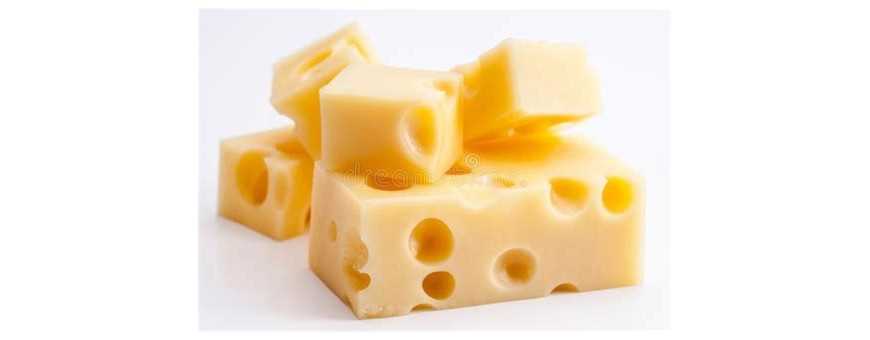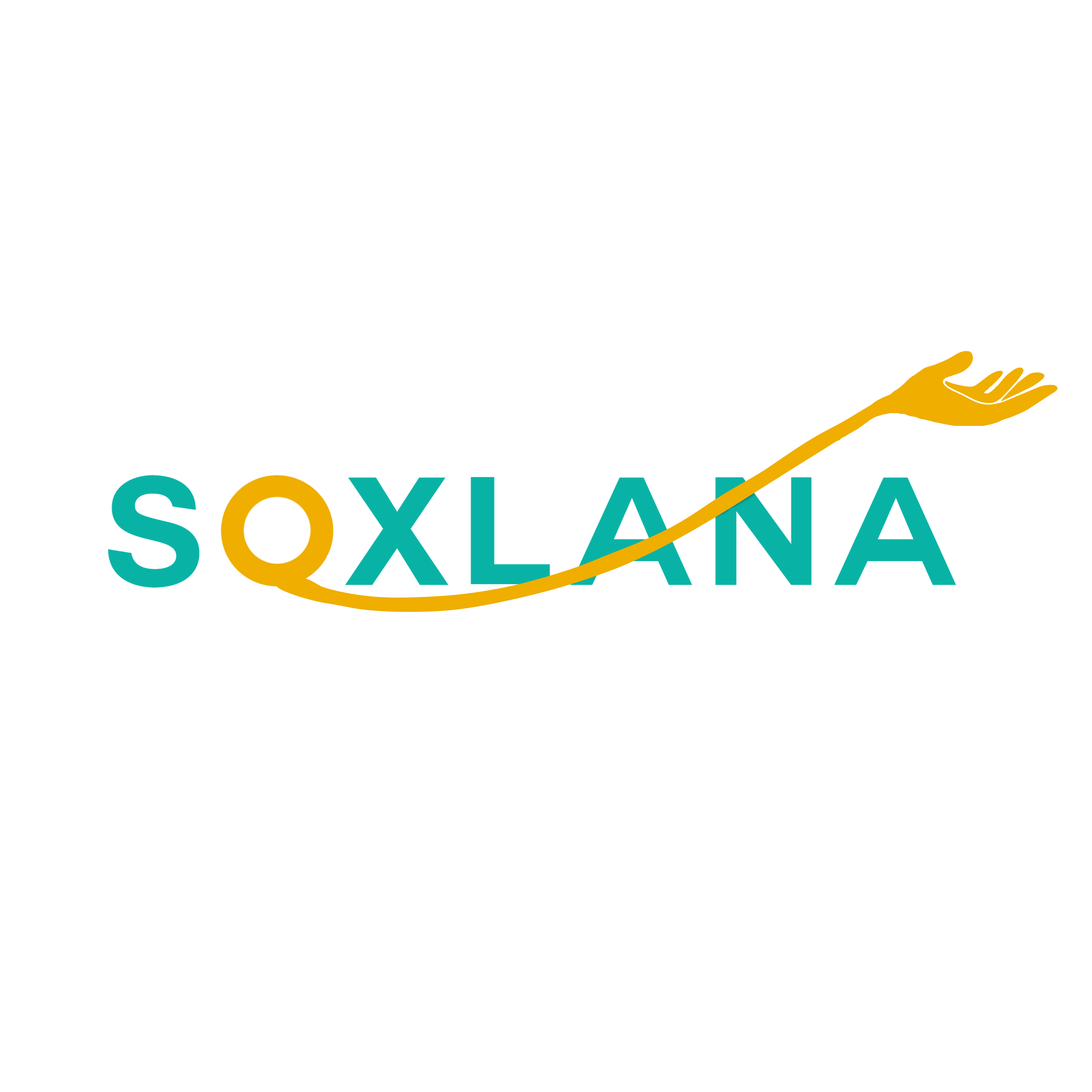Sorry for the inconvenience.
Search again what you are looking for
SOXLANA offers you everything you need. Be satisfied first and then pay later.

Emmental or Emmentaler is a hard cheese of Swiss origin whose name comes from the Emme valley (in German, Emmental), a region to the east of the canton of Bern. It is a cooked, pressed cheese, made from cow's milk. The wheel of Emmentaler AOC has an average weight of 90 kg. The grinding wheels owe their imposing size to fiscal reasons: indeed, in the 19th century, customs duties were levied on the number of pieces exported and not on their weight.
Emmentaler AOC “traditional refinement” undergoes a seven-week maturing period, four of which are without film.
Its optimal tasting period lasts from May to October after maturing for at least three months, the period from November to April being a notch below. For a more full-bodied taste, the ripening period ranges from 8 to 12 months, or even longer.
Production
The production area includes the cantons of Bern, Aargau, Glarus, Lucerne, Schwyz, Solothurn, St. Gallen, Thurgau, Zug, Zurich and the districts of Lake and Singine in the canton of Friborg.
Emmental AOC is made according to very precise specifications and sold at a price that makes it difficult to ensure its production in small dairies. Thus, if the country had 800 producers in 1990, there are only 149 companies producing Emmental AOC in 2012.
For the first time in 2010, the production of AOC Gruyère (26,300 tonnes) exceeded the production of AOC Emmental (23,480 tonnes). Nevertheless, AOC Emmental remains the most exported Swiss cheese with 20,000 tonnes per year, ie twice that of AOC Gruyère.
Industrial cheese is also produced today, under the generic name Emmental, in Germany, Austria, Denmark, United States, France, Finland, Ireland and the Netherlands. The total European industrial production, meanwhile, is around 464,200 tonnes and represents about 6% of milk collected in these countries. But currently, and since 1999, France is recognized as the world's leading producer of this cheese, with some 110,000 tonnes per year. Curiously, it is Brittany which provides about half of this production.
Nutrition
As for all cheeses, the PRAL index for Emmental is strongly positive (21.3). [Ref. necessary]
Nutritional value / 50 g: Moisture (max.): 40%; Sodium: 130 mg; M.F. (min.): 26-40%; Calcium: 481 mg; Proteins: 14 g; Phosphorus: 303 mg; M.G.: 14 g; Vitamin A: 127 ER; Calories: 188 cal; Riboflavin: 0.2 mg; Cholesterol: 45 mg
Emmental holes
During research aimed at a completely different goal, the mystery of the holes in certain Swiss cheeses has been solved, announced on May 28, 2015, the Agroscope (Institute of Food Science) in Bern.
The presence of the holes is due to tiny particles of hay that infiltrate the milk when milking the cows. These corpuscles, during the fermentation process, emit gases causing the holes, which are found in the final product. This discovery could be capital for cheese makers, because it would allow them to control the amount of holes in their products.
Distribution in France
For a long time, the production of French industrial emmental cheese was distributed in France under the generic name of "gruyère"; the ambiguity arose from the fact that, like Emmental, French Gruyère has holes in it unlike Swiss Gruyère which does not. Although Emmental is claimed to be a French cheese, the international convention of Stresa does not recognize any French origin.
The original manufacture is claimed by Switzerland, which obtained an AOC in 2008, as for raclette and gruyère.
Search again what you are looking for
This website uses cookies. By continuing to browse the site, you accept our use of cookies. En savoir plus ici.
